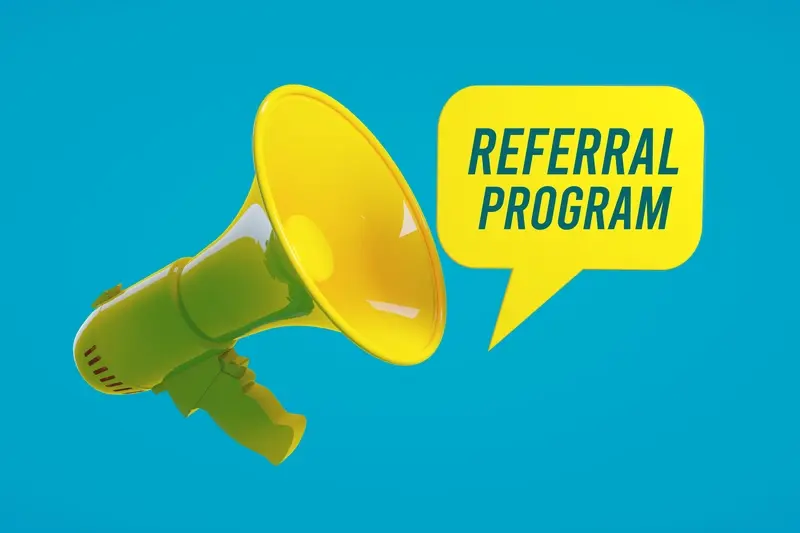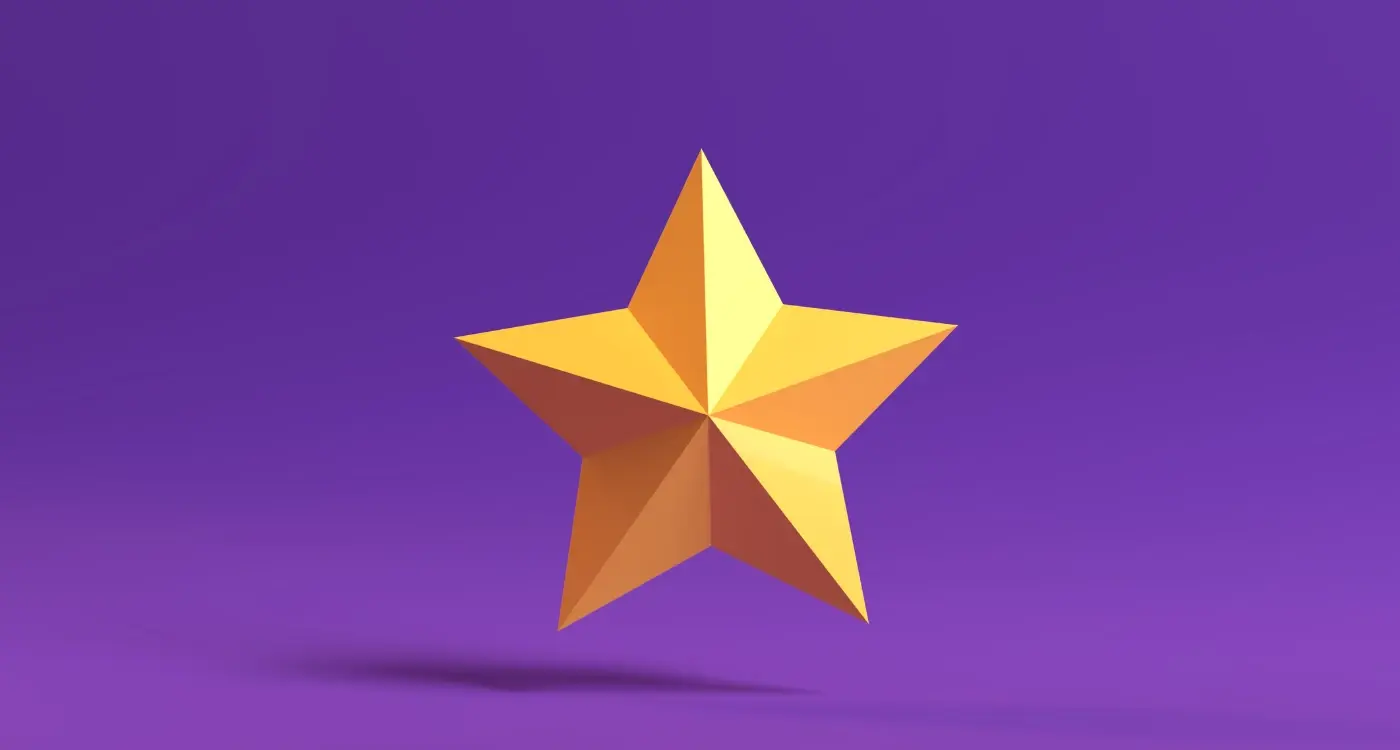How Do You Create an Effective App Onboarding Experience for New Users?
Nine out of ten people will abandon an app if they can't figure out how to use it within the first few minutes. That's a staggering statistic that should make any app developer or business owner sit up and take notice. Your brilliant app idea, months of development work, and marketing budget can all be wasted if users don't understand what they're supposed to do when they first open your app.
User onboarding is the process of introducing new users to your app and helping them get value from it as quickly as possible. Think of it as the bridge between someone downloading your app and becoming a regular user. Get this wrong and you'll watch your user retention rates plummet; get it right and you'll see people stick around, engage with your features, and hopefully become loyal customers.
The best onboarding experiences don't feel like onboarding at all—they feel like a natural introduction to something valuable
What makes this topic so interesting is that there's no one-size-fits-all solution. A fitness app needs a completely different approach to onboarding than a banking app or a gaming app. The key is understanding your users, what they want to achieve, and how you can guide them there without overwhelming them with information or making them jump through unnecessary hoops.
Understanding User Onboarding and Why It Matters
I've watched countless apps succeed and fail over the years, and there's one pattern that stands out more than any other—apps that nail their first impression stick around. User onboarding is that critical first experience someone has with your app; it's the moment they decide whether your app is worth their time or gets deleted faster than you can say "swipe left".
Think about it this way: you've spent months (maybe years) building your app, but users will judge it within the first 30 seconds. That's not much time to prove your worth, is it? This is where onboarding becomes your secret weapon—it's your chance to show new users exactly why they downloaded your app in the first place.
What Makes Onboarding So Important?
The numbers don't lie. Most apps lose around 80% of their users within the first week. Ouch! But here's the thing—good onboarding can dramatically change those statistics. When users understand what your app does and how it benefits them right from the start, they're far more likely to stick around.
User onboarding isn't just about showing people where buttons are (though that's part of it). It's about creating that "aha moment" where users realise your app solves a real problem they have. The best onboarding experiences feel less like a tutorial and more like a helpful guide showing you around.
The Core Elements That Actually Matter
Good onboarding covers three main areas that users need to understand quickly:
- What your app does and why it's useful to them
- How to complete their first meaningful action
- What happens next and how to get value from the app
The mistake I see most often? Apps that try to explain everything at once. Users don't need to know every feature on day one—they need to know enough to achieve something useful. Save the advanced features for later when they're already invested in your app.
The Psychology Behind First-Time User Experience
When someone downloads your app for the first time, their brain is working overtime. I've watched countless user testing sessions and what strikes me most is how quickly people make decisions—we're talking seconds here. That first impression isn't just about pretty colours or smooth animations; it's about whether someone feels confident they can actually use what you've built.
The human brain loves patterns and predictability. When users open your app, they're subconsciously looking for familiar elements that tell them "I know how this works." This is why the most successful onboarding experiences don't try to reinvent the wheel—they guide users through your unique features whilst keeping navigation predictable.
The Cognitive Load Challenge
Think about the last time you tried to learn something completely new. Your brain had to work harder than usual, right? That's cognitive load, and it's the biggest enemy of good user onboarding. When people feel overwhelmed by too many options or confusing instructions, they simply close the app and move on.
Keep your onboarding steps to three or fewer actions per screen. Any more than that and you're asking users to remember too much at once.
Building Trust Through Transparency
Users need to understand what's happening and why. If you're asking for permissions or personal information, explain the benefit clearly. People are naturally suspicious of new apps—and rightly so. Your job is to earn their trust by being upfront about what your app does and what you need from them.
The psychology of first-time user experience comes down to three key principles:
- Reduce mental effort by keeping things simple and familiar
- Build confidence through clear, predictable interactions
- Create emotional connection by showing immediate value
Remember, you're not just designing screens—you're designing feelings. Make those feelings positive and your user retention will follow.
Designing Your Onboarding Flow Structure
Getting your onboarding flow structure right is like building the foundation of a house—get it wrong and everything else falls apart. I've seen so many apps with brilliant features that users never discover because the onboarding flow was poorly structured. The key is thinking about your user's journey step by step, not throwing everything at them at once.
Start with your core value proposition. What's the main problem your app solves? This should be the first thing users understand, not buried under a pile of feature explanations. From there, you want to create a logical progression that builds confidence. Each step should feel like a natural next move, not a random jump to something completely different.
The Three-Layer Approach
I always recommend structuring onboarding in three distinct layers:
- Welcome layer—introduce your app's main purpose and value
- Setup layer—collect necessary information and permissions
- Discovery layer—show key features through guided interaction
The mistake most developers make is trying to explain every feature during onboarding. Users don't need to know about your advanced settings or premium features straight away—they need to understand why they should stick around. Keep your flow focused on getting users to their first "aha" moment as quickly as possible.
Progressive Disclosure Works
Don't overwhelm users with too many screens or too much information at once. Three to five onboarding screens is usually the sweet spot. Any more and you risk losing people before they even start using your app properly.
Creating Engaging App Introductions That Work
Your app introduction is make-or-break territory—I've seen brilliant apps fail because they couldn't explain themselves properly in those first few seconds. Think of it this way: you have about 30 seconds to convince someone that your app is worth their time, and that clock starts ticking the moment they open it for the first time.
The best app introductions I've worked on follow a simple rule: show, don't tell. Instead of bombarding users with lengthy explanations about every feature, focus on the one thing that makes your app special. What's the main problem you're solving? Lead with that. A good user onboarding sequence should feel like a conversation, not a lecture—you're guiding someone through your app, not giving them a manual to read.
Keep It Simple and Visual
People learn by doing, not by reading walls of text. Use interactive elements where possible; let users tap, swipe, or explore while you explain key features. This hands-on approach to first-time user experience works because it engages multiple senses and creates muscle memory.
The best onboarding doesn't feel like onboarding at all—it feels like playing
Three screens maximum for your introduction sequence. Any more than that and you'll lose people before they even start using your app properly. Remember, they downloaded your app to solve a problem, not to sit through a presentation about how clever you are.
Building Features That Drive User Engagement
After years of developing mobile apps, I've noticed something interesting—the features that hook users during onboarding aren't always the flashiest ones. They're the ones that solve real problems quickly and make people think "oh, that's clever" rather than "wow, look at all these buttons!"
When you're designing your onboarding flow, think about which features will make users want to come back tomorrow. Not next week, not next month—tomorrow. These are usually the core features that deliver immediate value, and they should be front and centre in your introduction process.
Features That Create Instant Value
The best onboarding experiences showcase features that users can benefit from straight away. A fitness app might let new users log their first workout in under 30 seconds. A budgeting app could show users their spending patterns from connected bank accounts within minutes of signing up.
- Personalisation tools that adapt to user preferences
- Quick-win features that show immediate results
- Social elements that connect users with others
- Progress tracking that gives users a sense of achievement
- Smart suggestions based on user behaviour
Making Features Discoverable
The trick isn't just having great features—it's making sure users actually find them during those first few minutes. Progressive disclosure works well here; show users one helpful feature at a time rather than overwhelming them with everything at once. Let them experience success with each feature before moving to the next one.
Common Onboarding Mistakes That Kill User Retention
After working on hundreds of onboarding flows over the years, I can tell you that most apps make the same predictable mistakes—and they're all completely avoidable. The biggest culprit? Information overload. Too many apps try to explain every single feature during the first-time user experience, which is like trying to teach someone to drive by showing them the entire highway code before they've even started the engine.
Another killer mistake is making your onboarding flow too long. If users have to swipe through more than five screens before they can actually use your app, you've already lost half of them. People want to see value quickly, not sit through a lengthy app introduction that feels more like a university lecture.
The Permission Problem
Here's something that drives me mad: apps that ask for multiple permissions right at the start without explaining why they need them. Requesting access to contacts, location, and camera all at once makes users suspicious. Instead, ask for permissions when they're actually needed during the user onboarding process.
Skipping the 'Why'
Many apps jump straight into showing how features work without explaining why users should care. Your onboarding should focus on benefits, not just functionality. Show users what they'll achieve, not just what buttons to press.
Test your onboarding flow with real users who've never seen your app before—their confused faces will tell you everything you need to know about what's not working.
The final mistake that destroys user engagement is having no clear next step after onboarding ends. Users complete your tutorial and then... nothing. They're left staring at an empty screen wondering what to do next. Always guide users to their first meaningful action.
Testing and Improving Your Onboarding Process
Here's something I've learned after years of building apps—your onboarding process is never perfect the first time around. I don't care how much planning you've done or how brilliant your team is; there will always be something that users do differently than you expected. And that's completely normal!
The key is to start collecting data from day one. Look at where people are dropping off during onboarding—if 60% of users are abandoning your app on the third screen, that's telling you something important. Don't just guess what's wrong though; actually ask your users what confused them or what they found annoying.
Simple Ways to Test Your Onboarding
User testing doesn't have to be complicated or expensive. Get five people to go through your onboarding whilst you watch—you'll spot problems within minutes. Record their screens if possible and pay attention to where they pause or seem confused.
Making Data-Driven Improvements
Once you've identified the problem areas, make small changes and test them again. Maybe your tutorial screens have too much text, or perhaps users need more context about why they should grant permissions. The best onboarding experiences are built through this cycle of testing, learning, and improving—not through guesswork.
Conclusion
After working with countless clients over the years, I can tell you that getting user onboarding right isn't just about pretty screens and smooth animations—it's about understanding what makes people tick. Every app I've helped build that succeeded had one thing in common: they made their first-time user experience feel effortless and worthwhile.
The thing is, most people won't give your app a second chance if you mess up the first impression. That's why your onboarding flow needs to be bulletproof. Show value quickly, keep things simple, and don't try to explain everything at once. People want to feel clever, not overwhelmed.
User retention starts the moment someone downloads your app. If they can't figure out what to do or why they should care within the first minute, they're gone. But when you nail that app introduction and create genuine user engagement from the start, magic happens. People stick around, they explore, and they tell their friends.
Building effective user onboarding isn't a one-time job either. The best apps I've worked on constantly test and refine their approach. What worked last year might not work today, and that's perfectly normal. Keep listening to your users, keep improving, and never assume you've got it perfect.
Share this
Subscribe To Our Learning Centre
You May Also Like
These Related Guides

How Do I Create A Referral Program For My Mobile App?

What Happens After I Launch My App MVP?



